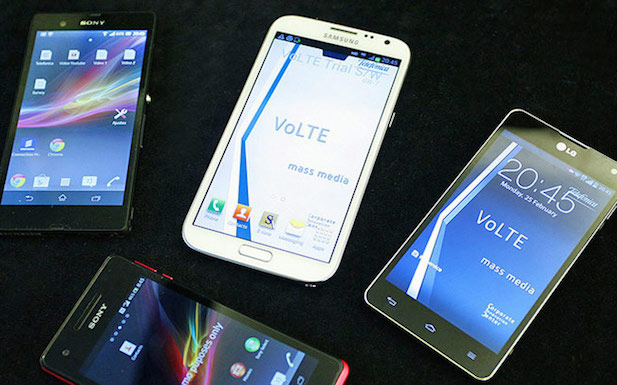The number of Voice over LTE (VoLTE) connections will rise by nearly 1.9 billion by the end of the decade as technology improves, new forecasts have claimed.
A study from Juniper Research concluded that the number of active VoLTE connections will exceed one billion by 2018 and two billion by 2020, up from an estimated 123 million current connections.
The Far East & China will account for over 50 percent of the global VoLTE connections in five years time, the research house forecast.
According to figures from the GSA, 25 operators in 16 countries have launched VoLTE services as of July this year.
Juniper Research said adoption of VoLTE worldwide was being spurred in part by the growing proliferation of Mobile HD Voice.
Mobile HD Voice is based on Adaptive Multi Rate Wideband (W-AMR) technology and allows for higher voice quality for calls between compatible mobile phones.
According to the firm, adoption of HD Mobile Voice has been steadily rising since 2009, with more than 130 operators worldwide now supporting the technology.
The number of devices supporting HD Mobile Voice is also on the rise – Juniper Research said it anticipated the number of devices supporting the feature to exceed 1.3 billion by 2020.
According to another report published in September by the research house, VoLTE services will account for over $100 billion (€91 billion) in annual service revenue.
However, operators are expected to see limited dividends from VoLTE to begin with, with initial efforts going toward strengthening user experience and quality of service (QoS) as opposed to monetisation.
Such investment is necessary if telcos hope to remain competitive with VoIP services from OTT players, such as Facebook Messenger, Juniper Research said.
This investment extends to deployments of Voice over Wi-Fi services, which Juniper said is increasingly being launched by telcos as a means of tackling indoor coverage issues.
A report from Strategy Analytics last month said deployments of Wi-Fi calling would pick up in the fourth quarter of this year, driven by Apple’s backing of the technology and recent moves from operators.



